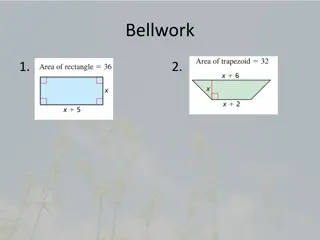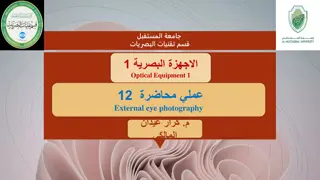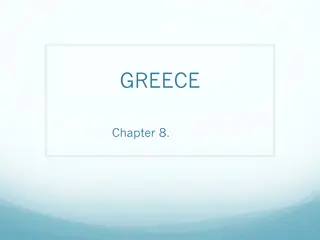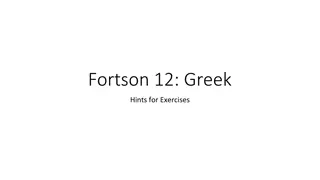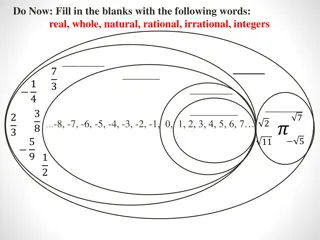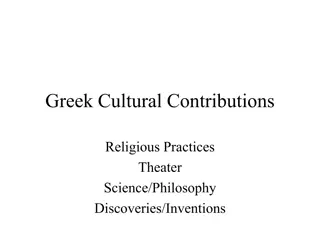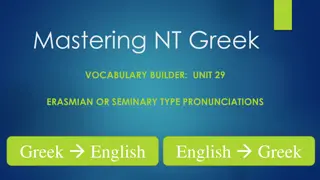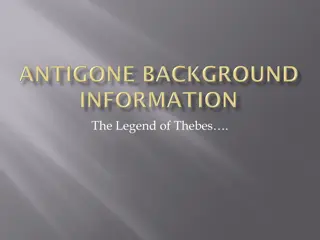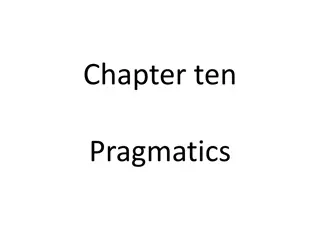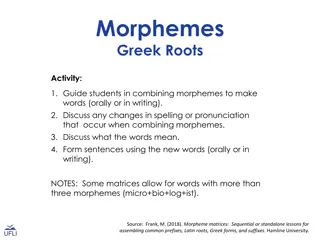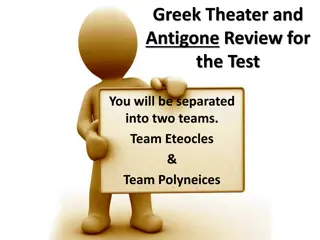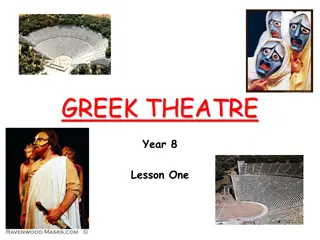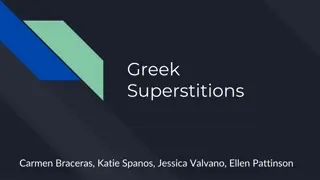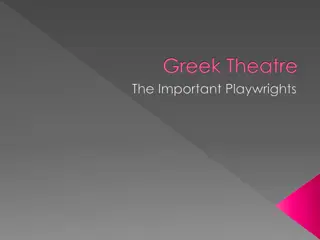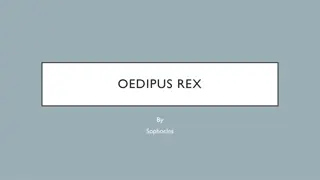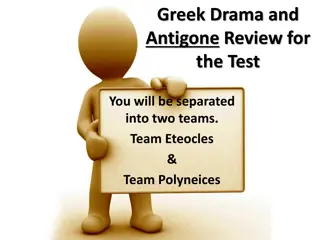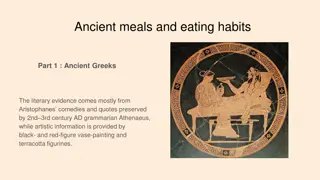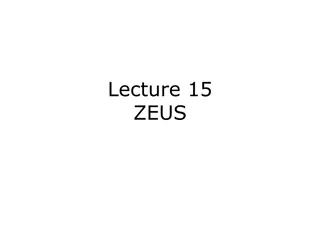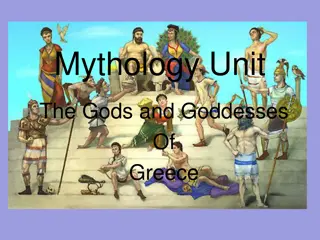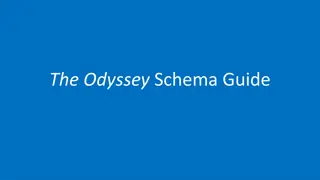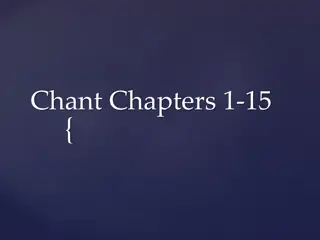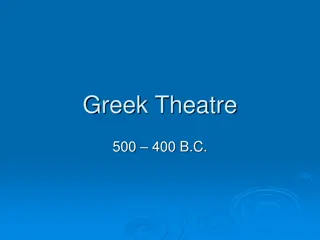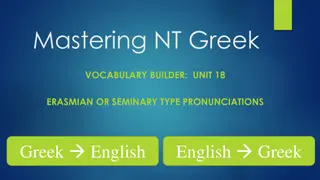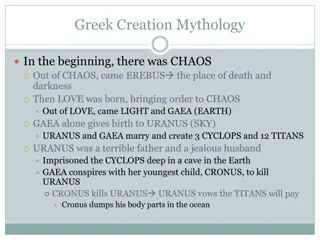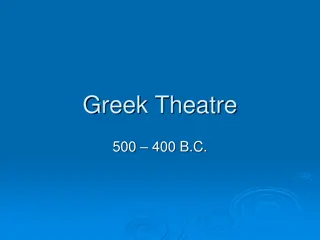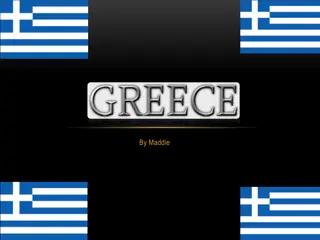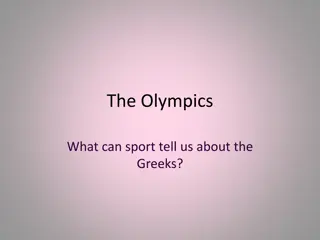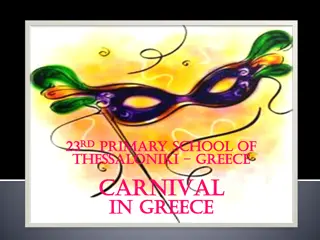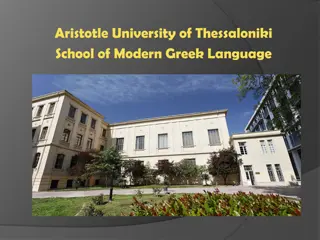Ocular to Imaginary Deixis in Greek Epigram
The seminar held at University College London on 16th May 2018 explored the transition from ocular to imaginary deixis in Greek epigrams. It delved into the significance of visual elements in ancient artifacts and inscriptions, shedding light on the evolution of contextual meanings within Greek art and culture. Various images and inscriptions from Ceramus, Caria, and Imperial Egypt were analyzed, providing a deep insight into the symbolic representations and historical contexts they embody.
Download Presentation

Please find below an Image/Link to download the presentation.
The content on the website is provided AS IS for your information and personal use only. It may not be sold, licensed, or shared on other websites without obtaining consent from the author. Download presentation by click this link. If you encounter any issues during the download, it is possible that the publisher has removed the file from their server.
E N D
Presentation Transcript
Look at this! From Ocular to Imaginary Deixis (and Vice Versa) in Greek Epigram Federica Scicolone Lyceum Classics Community Seminar University College London, 16th May 2018
Fig. 1. Base for the statue of Hermes with a sundial (second hole on the left to host the gnomon?) from Ceramus, Caria, Hellenistic period (after Varinlio lu, 1984, pl. 5d).
Fig. 2. Squeeze of the inscription SGO 01/10/01 from Ceramus, Caria, Hellenistic/Imperial periods (after Varinlio lu, 1984, pl. 5c).
Fig. 3. Stele of Isidora of Thebes with Inscr. Mtr. 49, Imperial period (Alexandria National Museum, inv. no. 21805; after Bernand, 1969, pl. 64).
Fig. 4. Tomb of Isidora, necropolis of Tuna el-Gebel, Hermopolis Magna, Egypt, second century AD (world-discovery.co.uk).
Fig. 5. Photo of Inscr. Mtr. 86, painted to the left of the entrance door to Isidoras burial chamber (after Graindor, 1932, pl. I).
Fig. 6a. View of Isidoras decorated niche, with relief shell and painted couch (depicting a traditional Egyptian lion-bed? after Gabra, 1941, pl. XXXII).
Fig. 6b. Photo of Isidoras klin niche with restored ceiling and spiral columns (hadarat.ahram.org.eg).





